Once a woman hits the mid-century mark, staying in shape can literally mean staying alive. According to the recently published results of the Netherlands Cohort Study, which included more than 120,000 people between 55 and 69 when it began in 1986, women who exercised between 30 and 60 minutes a day were 21 percent more likely to reach age 90 than those who had 30 minutes or less of physical activity.
Whether you’re already up on this news or simply have common sense, if you’re like most NextTribers, you have a regular fitness routine. In fact, 87 percent of those participating in the exercise survey we ran earlier this month work out between three and seven days a week. Yet we have issues—like nagging injuries, stubborn spots we’d like to tone, and, for the 13 percent of us who don’t just do it, a serious lack of interest. You revealed your fitness quandaries—and we heard you, going to the pros for real solutions. Read on for a Q and A sure to help you figure it all out!
Read More: 5 Sites to Follow for Great Health and Fitness Advice
Question #1: How can I get and stay motivated to exercise?
Not surprisingly, this was the most-asked question from women who rarely, if ever, work out. If you’re among them, consider these movement motivators from Elizabeth Joy, MD, MPH, FACSM, medical director of health promotion and wellness, Intermountain Healthcare, Salt Lake City, Utah:
- Bond with a buddy. While more than 50 percent of NextTribe fitness survey respondents say they work out alone, being accountable to partner and supplying that accountability to him/her is a win-win.
- Strap on a prompt. Physical activity trackers pack a powerful punch, encouraging us to get those 10,000 steps.
- Speak truth to self. Perhaps your greatest booster rocket is your own inner strength, because you know what you’re capable of. “Tap into your abilities with affirmations,” says Joy. She adds, “Remind yourself ‘I am a committed person,’ and maintain the same positive growth-oriented mindset you apply to other areas of life, telling yourself, ‘I’m optimistic that I can succeed in achieving my physical activity goals.”’
- Don’t forget the fun factor. Rather than think of exercise punishment, set reasonable goals so you won’t get discouraged, include variety so you won’t get bored, and, above all, find activities you truly enjoy. Belly dancing, anyone?
Image: Luke Chesser/Unsplash
Question #2: What are the best exercises to maintain a healthy body at 50-plus?
Just like there’s no such thing as a facelift in a jar, you won’t find a handful of magic moves to keep you in shape from midlife onward. What you will find, according to NYC-based physical therapist Francine Maire, PT, are four fitness categories that absolutely belong in your life:
- Aerobic activity (walking, swimming, elliptical machine, etc.) for cardiovascular health and calorie consumption
- Strength training to build/maintain muscle and stave off bone loss
- Stretching for flexibility
- Balance work to lessen the risk of falls
The Centers for Disease Control recommends that adults get a minimum of 150 minutes of moderate-intensity aerobic exercise a week plus strengthening activities for all the major muscle groups at least twice a week. One reason regimens like CrossFit, Pilates, and yoga are popular with busy women is that they combine two or more categories. “Yoga will improve strength, balance, and flexibility,” points out Maire, who, with 40 years as a physical therapist under her belt, became a yoga instructor at 60-ish.
Question #3: I’ve heard that muscle mass diminishes with age, so how can I build muscle now—heavier weights, more reps, what?
Age-related muscle loss, called sarcopenia, actually starts in your 30s, and less muscle translates into general weakness, decreased mobility, and increased risk of falls and fractures. Muscle also helps keep extra pounds at bay (more on that below). Fortunately, you can outsmart sarcopenia at 50 and beyond with strength training (aka weight training and resistance training): A 2011 University of Michigan study found that resistance exercise significantly increased lean body mass in older adults.
Building muscle doesn’t demand a gym membership or a pricey personal trainer; these days you can find excellent guidance from smartphone apps and online programs for routines to do anywhere. And while strength training can involve free weights (e.g., barbells, kettle bells), resistance bands, tubes, and machines, no equipment is required for body weight-supported exercises, which use your body to provide resistance against gravity. Think squats, lunges, planks, and bridges—moves all basic to both yoga and Pilates, though perhaps called by different names.
“Whatever modality you use, you need enough resistance to stimulate the muscle enough to trigger a change,” explains certified strength and conditioning specialist Linda Melone, CSCS, founder of Ageless After 50. “While 12 to 15 repetitions can increase both strength and muscle tone, the weight must be heavy enough so that you really have to push it at 12 reps, and it should be doable but not easy to reach 15 reps.”
What’s more, strength training should focus on your core, as well as arms and legs. More than abdominals, your core is your entire midsection—which Melone calls “mission control”—explaining, “A weak core puts you at a high risk of injury, especially back issues.”
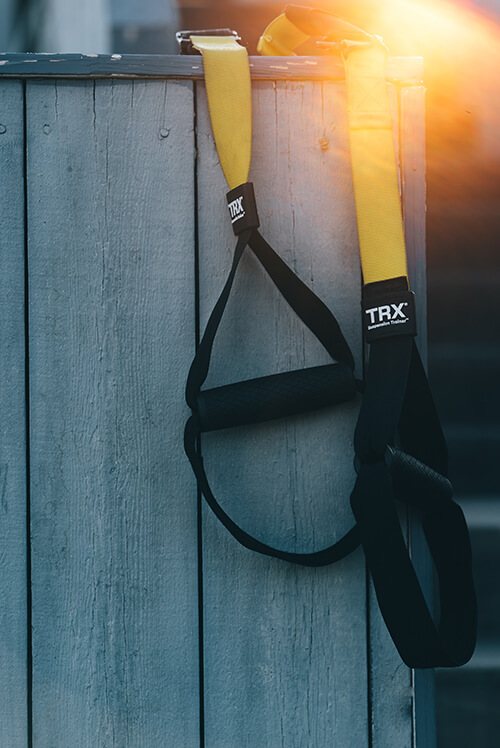
Image: Matthew LeJune/Unsplash
Question #4: How many calories should I be burning at each cardio session to reach my weight-loss goals?
First up, get real: If you want to pare pounds, you’ve got to cut calories from your diet. As many as 60 studies, with various hypotheses, have shown that exercise alone doesn’t result in significant weight loss. A 2017 research on female subjects specifically at the UK’s Bangor University found that women who worked out three times a week but didn’t eat less failed to lose any weight.
Even if exercise alone could result in weight loss, who’d have time for it? “You need a 500- to 1000-calorie deficit per day to achieve a one- to two-pound weight loss per week,” says Joy. So while a 150-pound woman can “walk off” about 100 calories per 20-minute mile, she’d have to log at least five miles a day—devoting a precious hour and 20 minutes. It’s easier and more reasonable to swap a salad for fries and otherwise cut calories from your meals, then rely on exercise to consume some extra calories.
Keep in mind, too, that cardio alone won’t suffice. While aerobic activity burns more calories than weight training, building muscle results in an increase in resting metabolism—the number of calories you burn when sitting around doing nothing.
Question #5: What are the best moves to lose my midlife middle and tone flabby arms and thighs?
Sadly, spot reducing is an antiquated term that never held much water. “To reduce in one area you need to lose weight all over,” says Melone. “However, you can give certain areas special attention to increase muscle tone. Once excess weight is gone, you’ll reveal more definition there.” Good exercises to blast the belly include planks, side planks, crunches, and oblique crunches. Biceps curls and triceps extensions tighten loose arms, while squats, bridges, and step-ups tone your rear and legs.
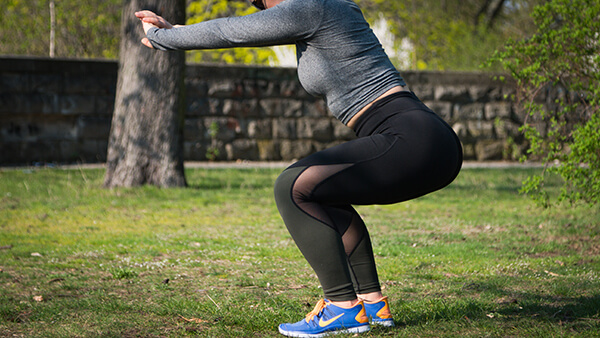
Image: Gesina Kunkel/Unsplash
Question #6: Are there certain exercises a midlife woman shouldn’t do? How can I get and stay fit while avoiding injury?
Every body is different—which is why some gals bounce around the tennis court at 80 while others blow out their knees in their mid-40s. So before starting any fitness regimen, get clearance from your physician and then go slow, with low-impact moves and light weights—it’s better to underdo than overdo. “Listen to your body,” stresses Maire. “Any post-exercise achiness should subside within 24 to 48 hours, and there should never be sharp pain during exercise. If your shoulder hurts while doing overhead presses, for instance, stop immediately.”
For the most part you should be able to continue participating in favorite sports and activities—as long as you:
- Maintain proper form, using modifications or props rather than force yourself and potentially doing more harm than good.
- Proceed at the pace and intensity level that’s right for you.
- Resist the urge to compete with others on the hiking trail or in the kickboxing class; do your workout, not hers.
- Ensure, if you take fitness classes or work one-on-one with a trainer, that your instructor/trainer is qualified. In class, the instructor should continuously offer how-to info—explaining which muscle to engage, when to inhale and exhale—while walking through the studio to correct and adjust students. If you’re not sure how to do a move, ask!
Another key to avoiding injury—during workouts and everyday life—is balance training, which can be as simple as standing on one leg while brushing your teeth. “We often avoid these exercises as we age because we’re afraid of falling, but that only makes the problem worse,” says Melone. “Just take precautions, such as having a stable piece of furniture nearby to grab if you do feel yourself falling.”
Read More: How I Found My Inner Athletic Ability (and Became a Triathlete!) at Midlife
Question #7: I haven’t got much time to exercise. Is there a quick at-home routine I can do without equipment to get results?
Not enough time is really no excuse. If you can’t manage 30 minutes of cardio, break it up into three separate bouts during the day. A study published in the Journal of the American College of Nutrition found that multiple 10-minute periods of aerobic activity can have similar benefits to one longer session.
“I’m a big fan of the 7 Minute Scientific Workout,” says Joy of the popular high-intensity interval-training routine, developed by exercise physiologist Chris Jordan. “It’s been studied by exercise scientists and found to be effective in improving fitness. You can download the app to your smartphone and do it at home. And while seven minutes is good, 14 minutes is even better, so do it twice!”
Here’s to a fit, flexible future for us all!
***
A native Brooklynite, Nina Malkin has written for everyone from hoity-toity fashion magazines to trashy tabloids to the New York Times. She’s the author of six books, including the paranormal romance novel Swoon and the memoir An Unlikely Cat Lady: Feral Adventures in the Backyard Jungle.


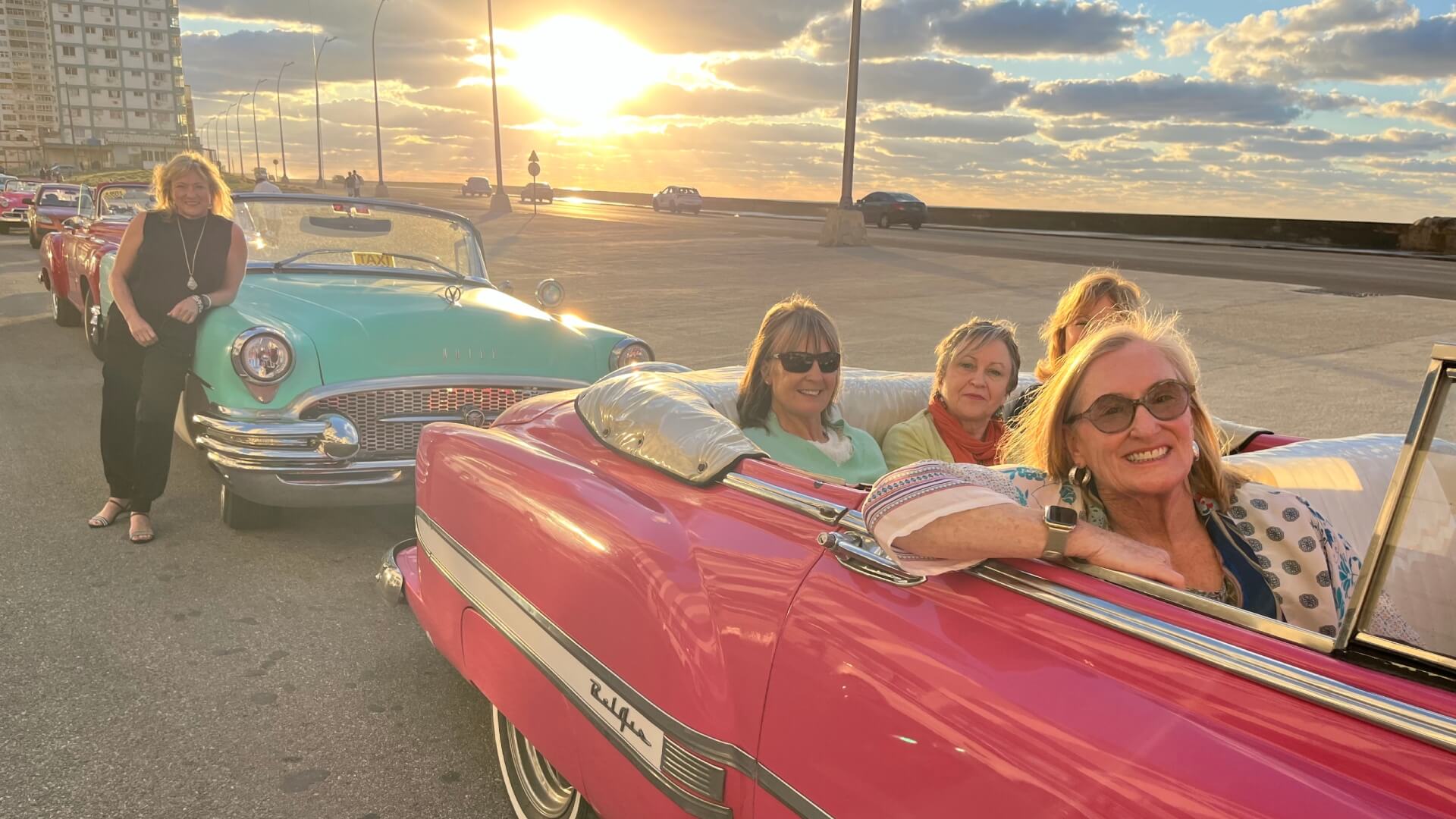
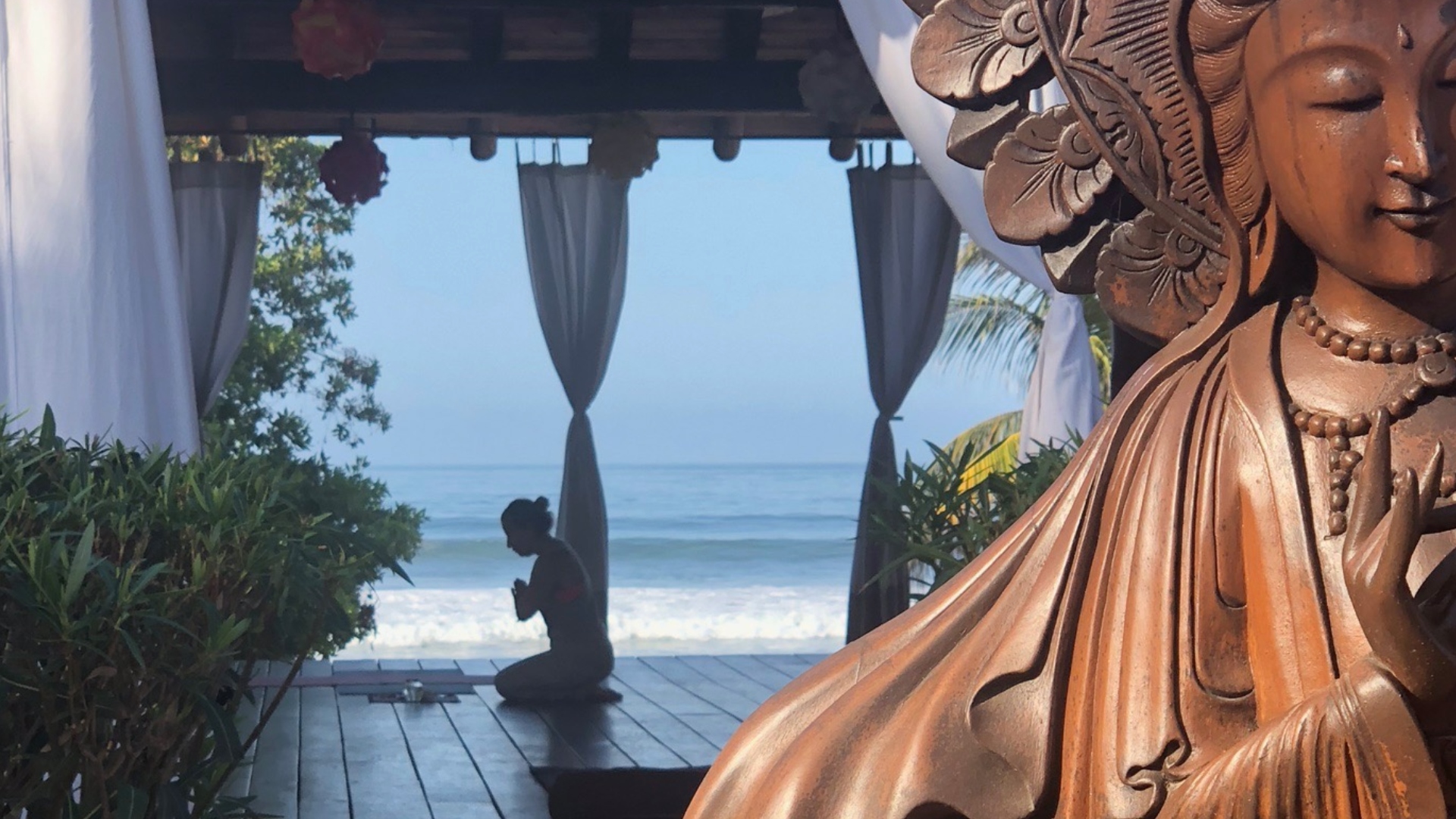
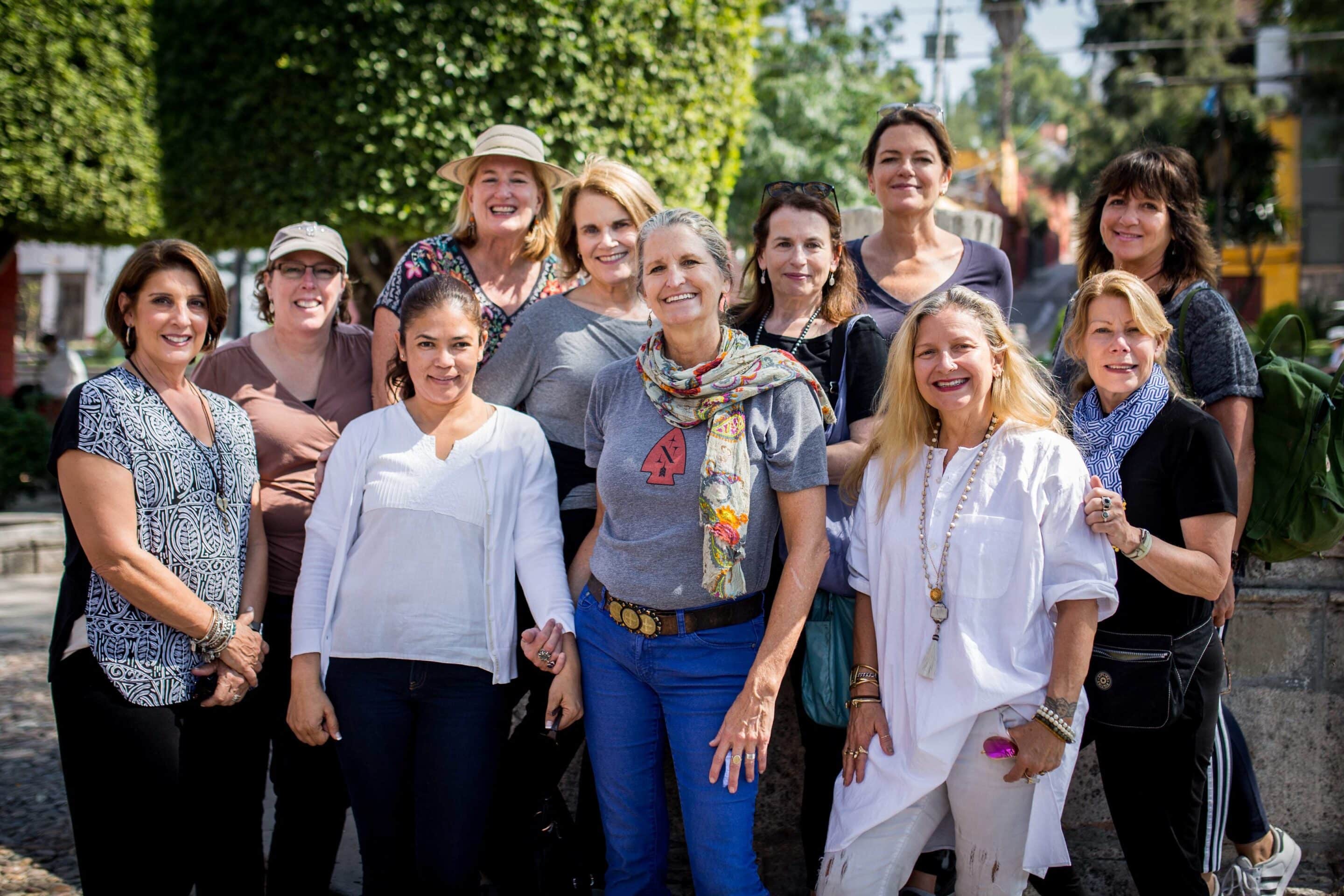

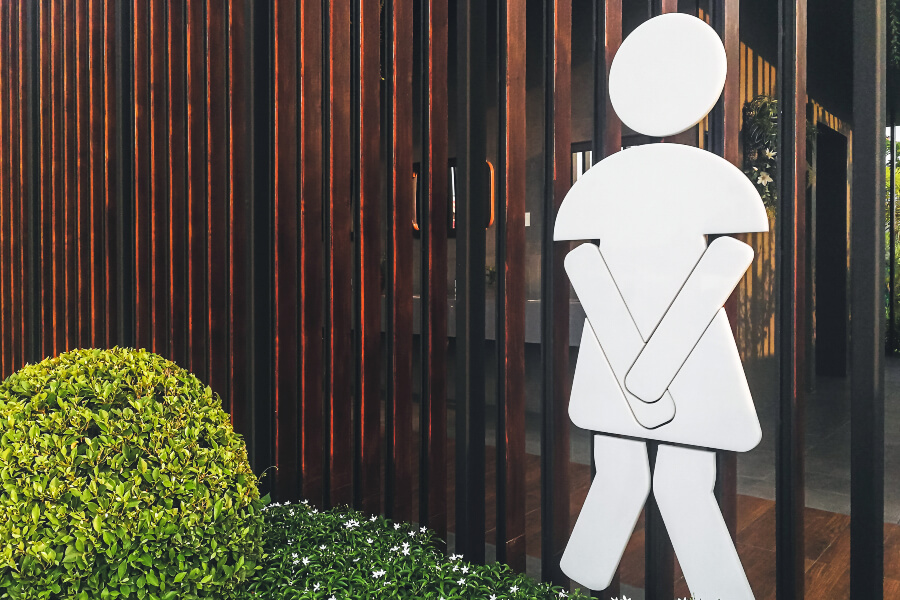



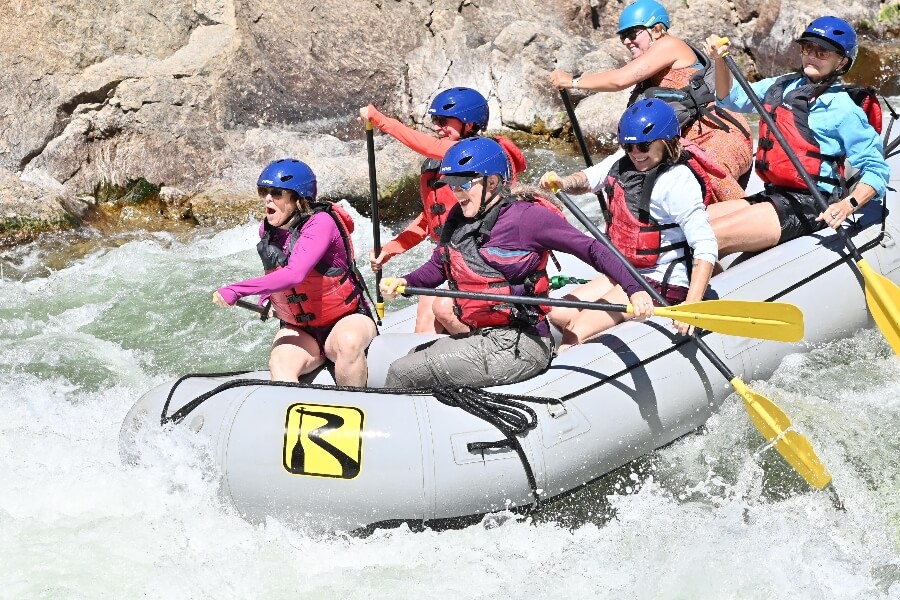



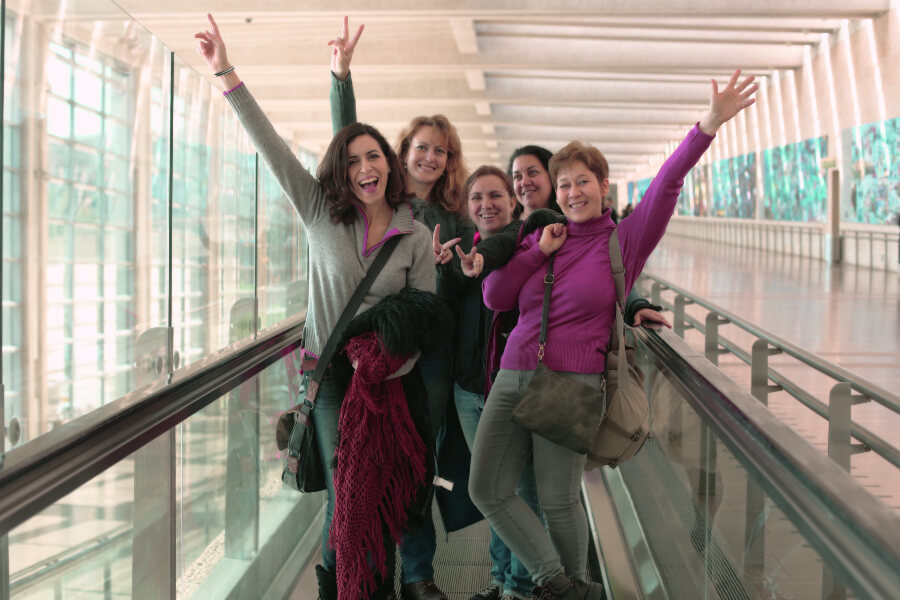

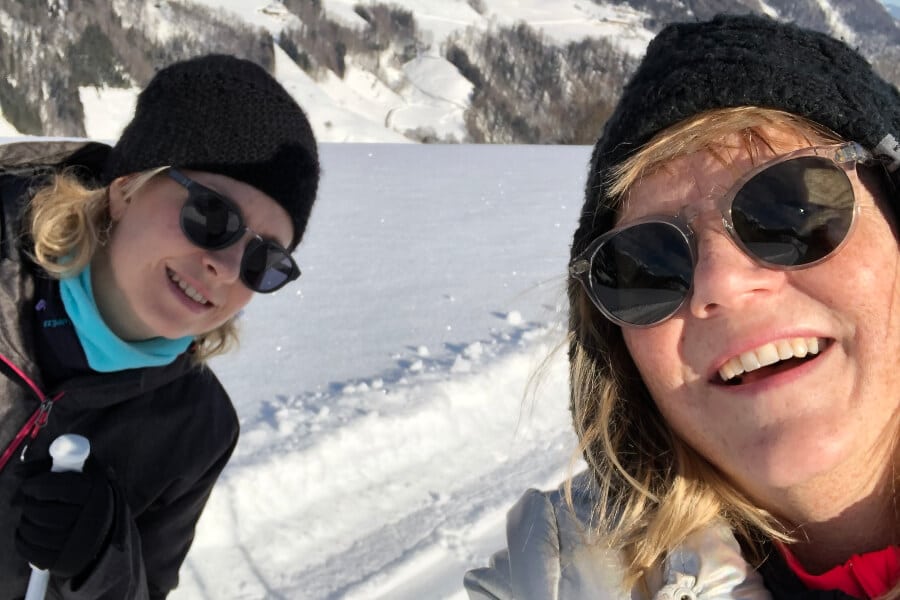



0 Comments